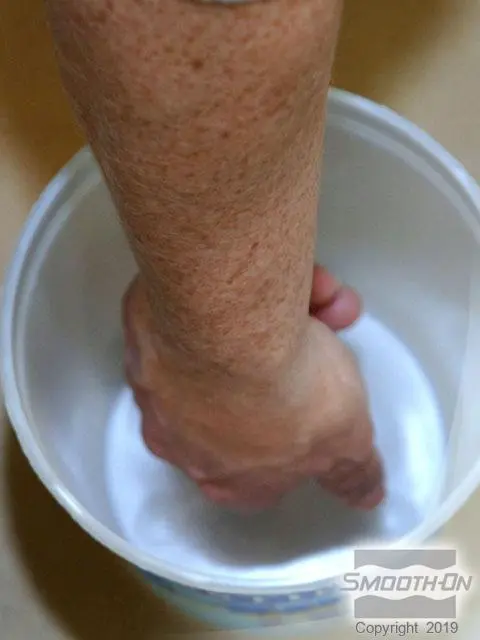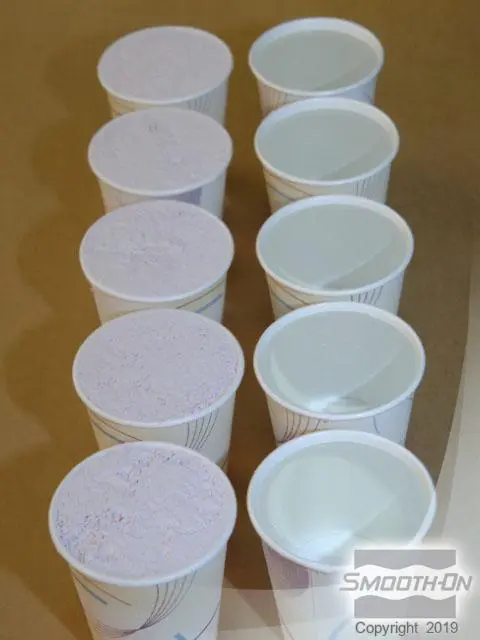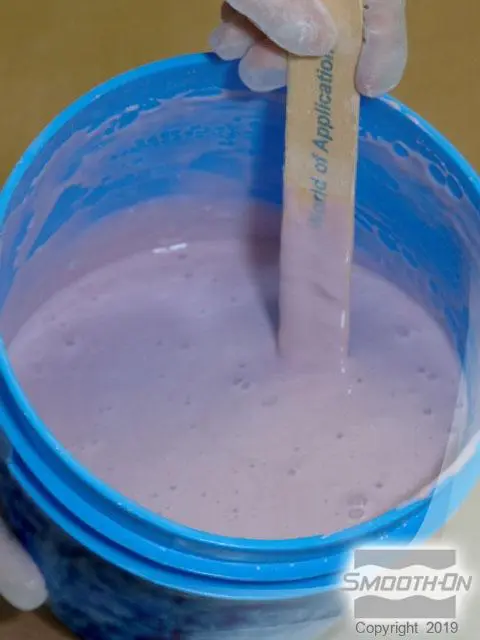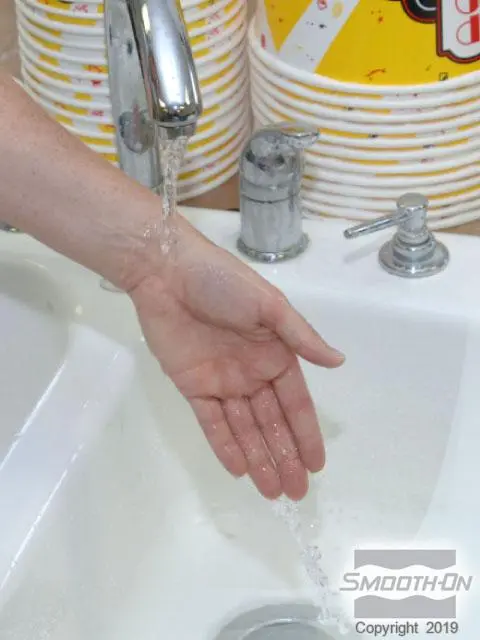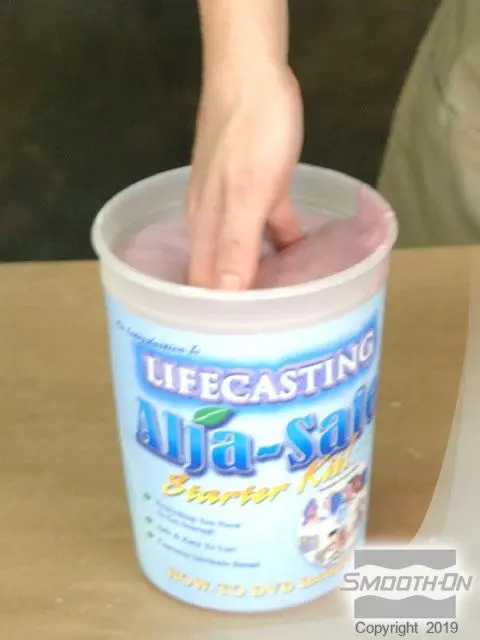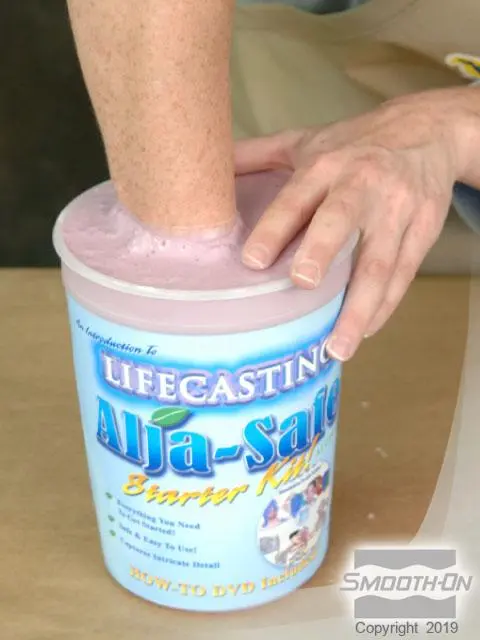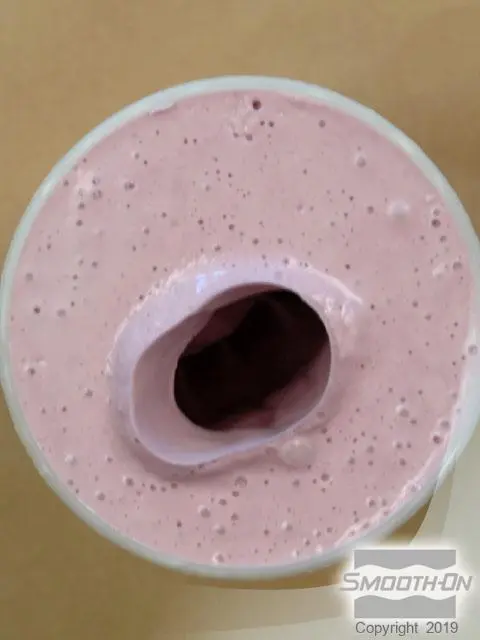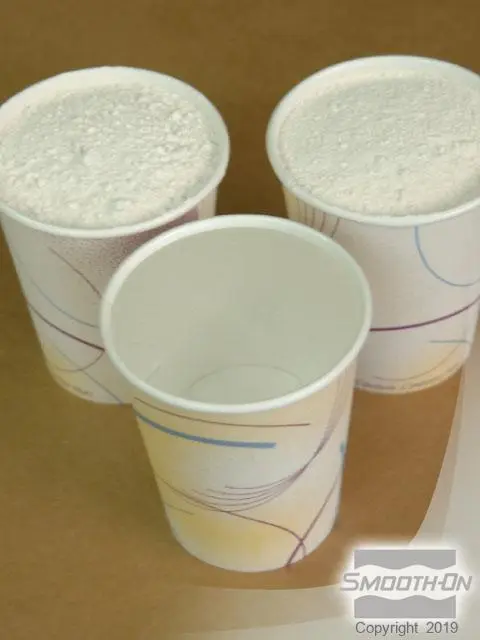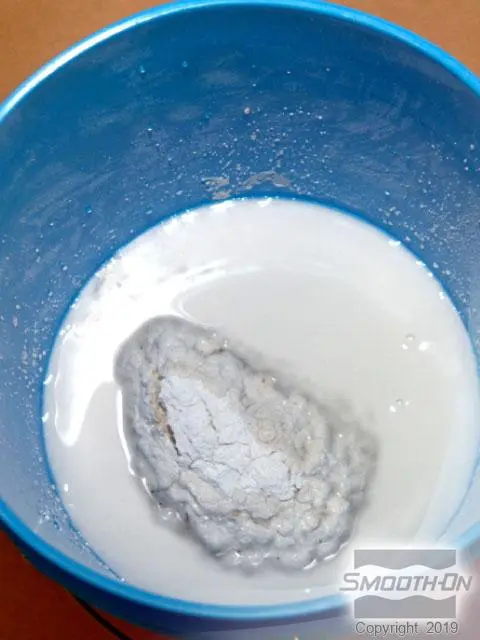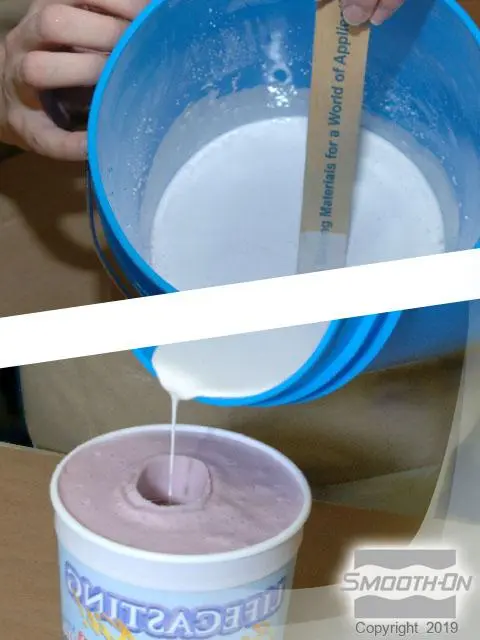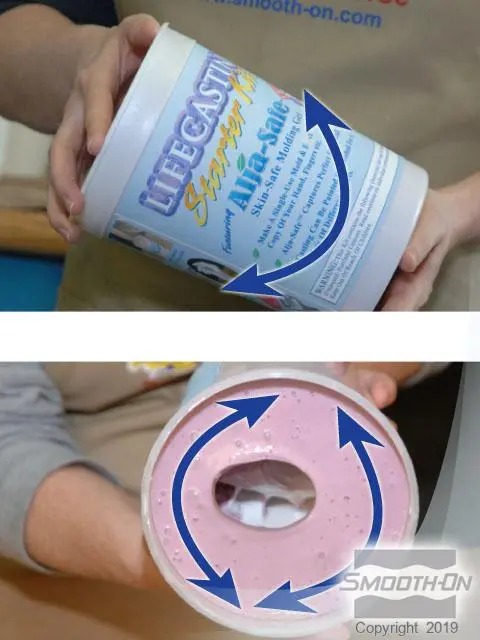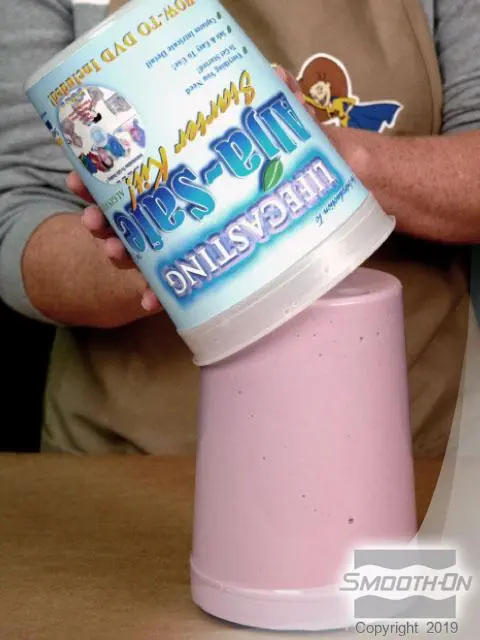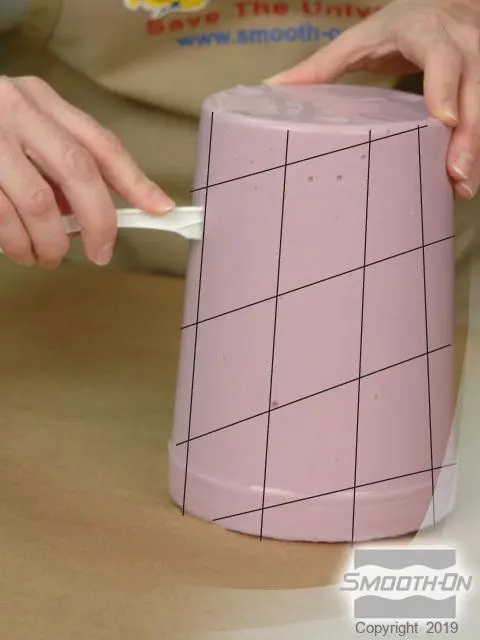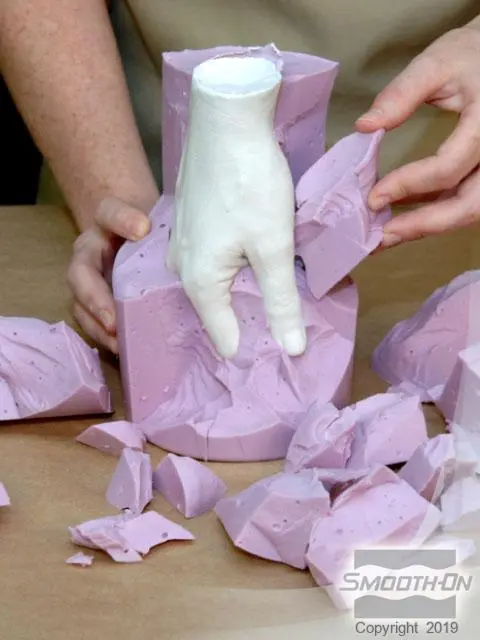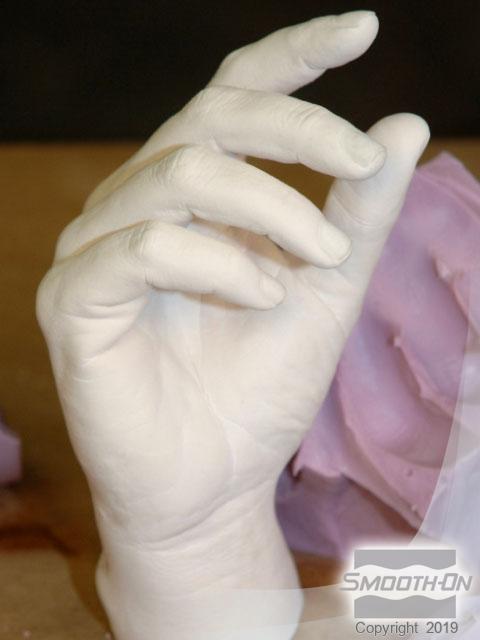Making a Mold from a Body Part Using Alja-Safe Alginate
Alja-Safe is a safe and easy-to-use alginate material used for making molds from live models. It is suitable for detailed casting of hands, feet, or faces. This guide clearly explains the basic mold-making process from start to finish. The method is quick, skin-friendly and suitable for both hobbyists and professionals.
1. Preparation and Protection
Choose a suitable casting container, such as a plastic bucket or bowl. Position the model comfortably and protect hair, skin and clothing if needed. Alginate does not stick to skin, but a thin layer of release agent can be applied in hairy areas.
2. Mixing the Alginate
Measure the correct amount of water and add the Alja-Safe powder. Stir vigorously for about one minute until the mixture is smooth and creamy. Work quickly because the mixture begins to set within a few minutes.
3. Immersing the Model in the Mold
Carefully immerse the hand or other body part into the alginate mixture, avoiding air bubbles. Keep the position steady until the alginate fully sets, typically about 5 minutes.
4. Removing from the Mold
Once the alginate has hardened, gently remove the model. The mold is now ready for use and captures details well but is sensitive to drying out - casting should be done immediately.
5. Preparing the Plaster Mixture
Mix plaster according to the manufacturer’s instructions (usually 2 parts powder to 1 part water). Slowly pour the mixture into the alginate mold to avoid trapping air bubbles. You can tilt the mold gently to help the plaster spread.
6. Finishing the Cast
Allow the plaster to cure for at least 1–2 hours. Carefully remove the mold. The cast can be finished by sanding or painting. The alginate mold is single-use but produces accurate and detailed results.


